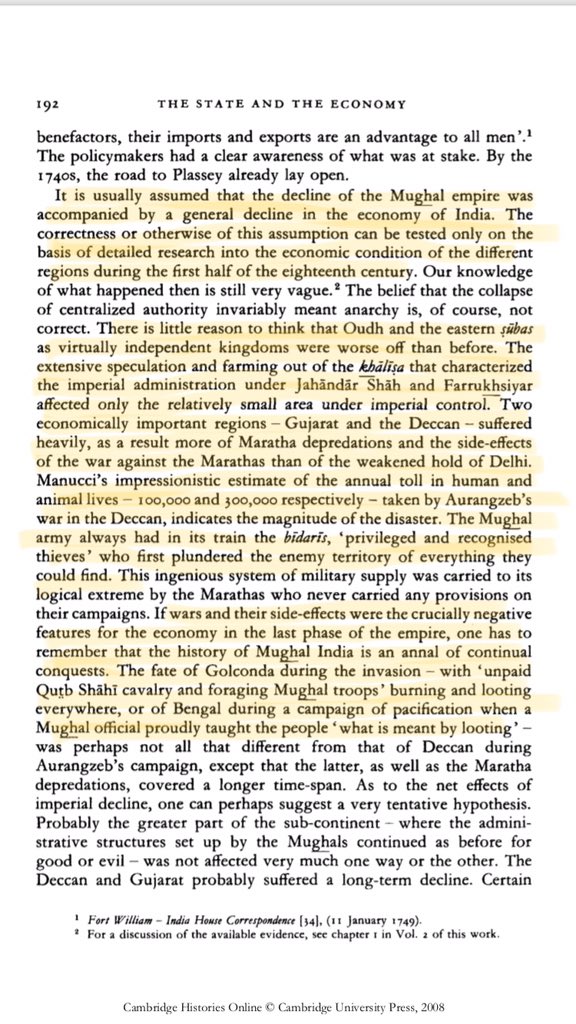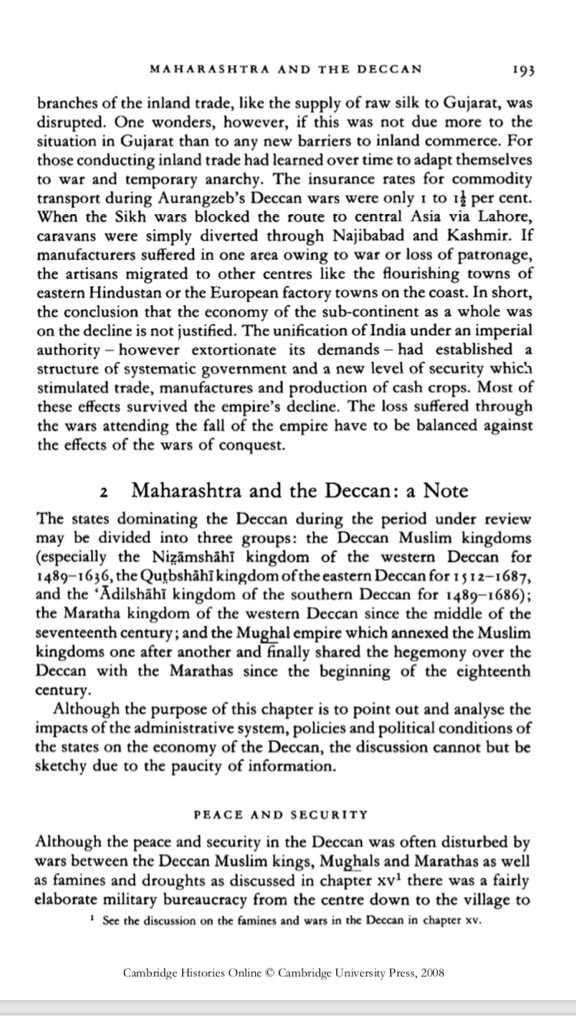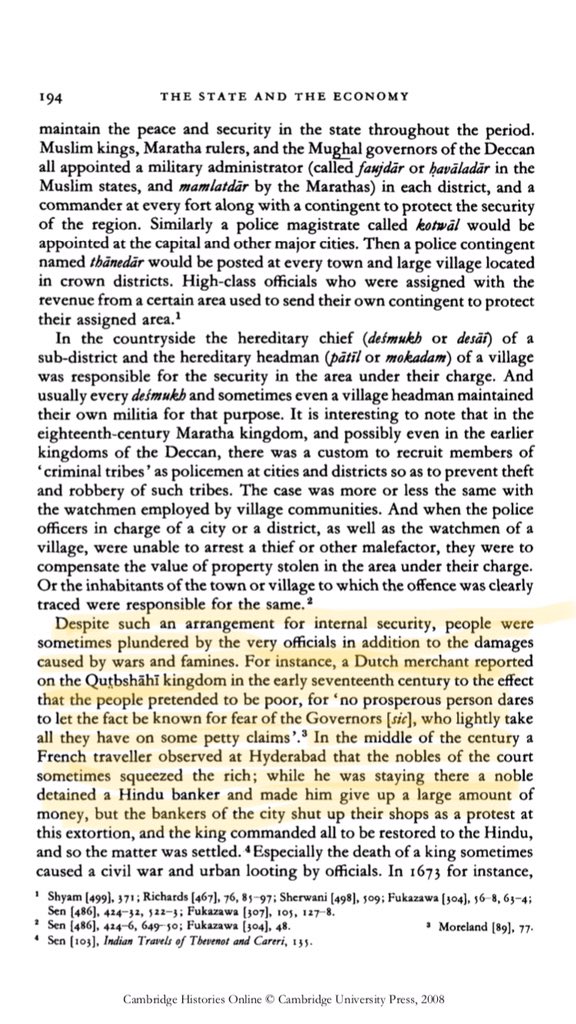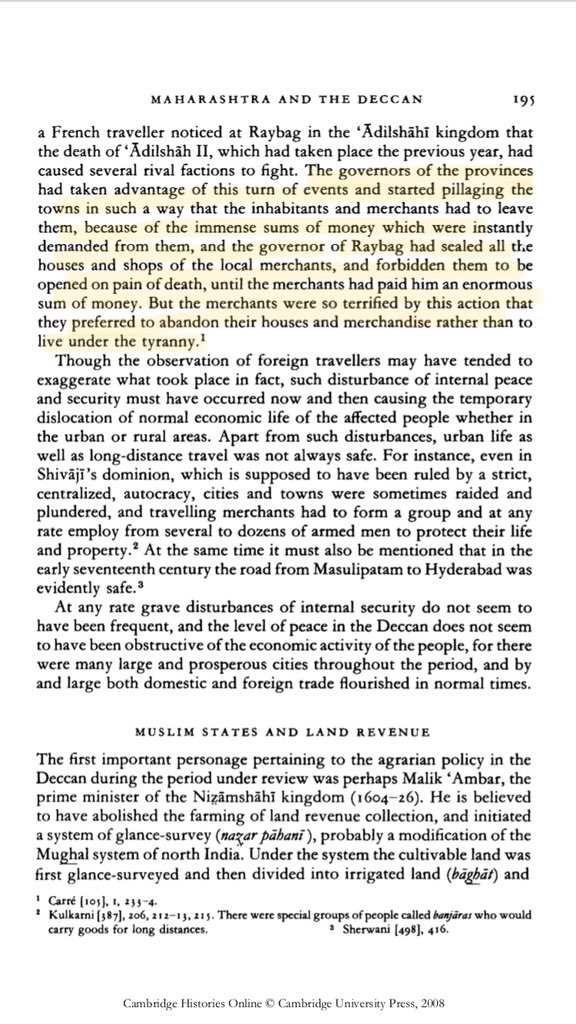#SadarPranam to the “Guru” within you @DalrympleWill ji on auspicious day of #Gurupoornima. I read the whole article of @iamrana & trust me there is nothing in it that justifies “Mughals made India rich”. I give my argument in string below. U may respond should u have substance. https://twitter.com/DalrympleWill/status/1150342434196529152">https://twitter.com/Dalrymple...
2/n I deliberately chose to respond you but not to @ReallySwara @ashoswai or @acjoshi as they just speak without research.
So why did Babur never go back from India? It wasn’t bcoz he loved “Bharata”.
I’m sure that you know it well sir, but chose not to speak.I explain https://abs.twimg.com/emoji/v2/... draggable="false" alt="👇🏼" title="Down pointing backhand index (medium light skin tone)" aria-label="Emoji: Down pointing backhand index (medium light skin tone)">
https://abs.twimg.com/emoji/v2/... draggable="false" alt="👇🏼" title="Down pointing backhand index (medium light skin tone)" aria-label="Emoji: Down pointing backhand index (medium light skin tone)">
So why did Babur never go back from India? It wasn’t bcoz he loved “Bharata”.
I’m sure that you know it well sir, but chose not to speak.I explain
3/n S. M. Ikram writes in his book “Muslim Civilization in India” that “Babur paid attention towards India only because he had lost everything in Samarkand “ (paraphrased).
Details in Snippet. The link to the book:
http://www.columbia.edu/itc/mealac/pritchett/00islamlinks/ikram/part2_10.html">https://www.columbia.edu/itc/meala...
Details in Snippet. The link to the book:
http://www.columbia.edu/itc/mealac/pritchett/00islamlinks/ikram/part2_10.html">https://www.columbia.edu/itc/meala...
4/n Further if I refer to “The Babur-nama in English (Memoirs of Babur)
by Annette Susannah” pg 358:
Babur was forced to take refuge in Bukhara. It had became impossible for him to maintain footing in Samarkand & he moved to Hisar along with family.
He had lost it completely.
by Annette Susannah” pg 358:
Babur was forced to take refuge in Bukhara. It had became impossible for him to maintain footing in Samarkand & he moved to Hisar along with family.
He had lost it completely.
5/n As per “The Babur-nama in English (Memoirs of Babur)
by Annette Susannah” pg 479-80:
Babur mentions himself to be the third 3rd Tramontana conquerer of Hindustan. First being Mahmud.
He clearly states of how he was gulfed in crisis & his Quandhar, Kabul badly needed it.
by Annette Susannah” pg 479-80:
Babur mentions himself to be the third 3rd Tramontana conquerer of Hindustan. First being Mahmud.
He clearly states of how he was gulfed in crisis & his Quandhar, Kabul badly needed it.
6/n While describing India, “Babur” mentions of “abundant gold & silver” .
He also talks about easily available workforce.
Ref: “The Babur-nama in English (Memoirs of Babur)
by Annette Susannah” pg 519-20 @sankrant @Sanjay_Dixit
He also talks about easily available workforce.
Ref: “The Babur-nama in English (Memoirs of Babur)
by Annette Susannah” pg 519-20 @sankrant @Sanjay_Dixit
7/n Babur further talks about the terrific revenue he is able to generate for the obedient nature of Indian Subjects.
Check highlights in snippet.Ref: “The Babur-nama in English (Memoirs of Babur)
by Annette Susannah” pg 520-21
Check highlights in snippet.Ref: “The Babur-nama in English (Memoirs of Babur)
by Annette Susannah” pg 520-21
8/n I’m sure you understand well what £ 4,212,000 revenue meant in 1528 for the king who had lost his core “samrajya” (Samarkand) & was struggling for existence.
9/n So if one carefully goes in details related to tweet 2/n to 8/n, it’s evident enough that Babur wasn’t in mood to go back for following obvious reasons(& not for love for Ind):
1)No control back home
2)Easy Revenue in India for docile people
3)Access of abundant Wealth
1)No control back home
2)Easy Revenue in India for docile people
3)Access of abundant Wealth
10/n And its best explained by Babur’s will to be buried in “Kabul”.
Ref: “The Babur-nama in English (Memoirs of Babur)
by Annette Susannah” pg 709
Ref: “The Babur-nama in English (Memoirs of Babur)
by Annette Susannah” pg 709
11/n People have been quoting Francois Bernier, attached to the court of Aurangzeb in regards to “Gold” being imported to India. But forget what Babur asserts. Babur talks of abundance of “Gold & Silver” in India . Baburnama, Pg 519
12/n And since Francois Bernier, has been quoted let me put across more of his opinions which may disappoint @iamrana . When the Ambassadors came to the court of Aurangzeb, they weren’t given enough respect for their gifts were considered cheap. Ref: Pg 133-34, (book in snippet3
13/n Francois Bernie mentions in further pages that though Mughals found the gift of “Slaves” worth & paid coins worth 20k francs, for they knew it would be utilised in Indian market itself for it was not useful in Ethiopia.
In short no “gold or silver” came as practice.
In short no “gold or silver” came as practice.
14/n Further if Francois Bernie mentions of Gold & Silver flowing in India as business exchange, in next page he clearly mentions that they were always to suffice the royal Mughals & condition of peasants, labour’s & other working class always remained in disdain.
15/n I saw article even mentioning Sher Shah Suri & roads. In that case I’ll like to bring focus on so called “Grand Trunk Road”.
It wasn’t built by Sher Shah Suri & the actual name of same is “ “Uttarpatha.”
It wasn’t built by Sher Shah Suri & the actual name of same is “ “Uttarpatha.”
16/n During the time of the Maurya Empire in the 3rd century BCE, overland trade between India & several parts of Western Asia & the Hellenistic world went through the cities of the north-west, primarily Takshashila.
17/n Takshashila was well connected by roads with other parts of the Maurya empire. The Mauryas had maintained this very ancient highway from Takshashila to Pataliputra.
18/n Let me give you a strong reference for it.
Chandragupta Maurya had a whole army of officials overseeing the maintenance of this road as told by the Greek diplomat Megasthenes who spent fifteen years at the Mauryan court. He mentions same in his book Indica. Check snippet.
Chandragupta Maurya had a whole army of officials overseeing the maintenance of this road as told by the Greek diplomat Megasthenes who spent fifteen years at the Mauryan court. He mentions same in his book Indica. Check snippet.
19/n He talks of a royal road that connects west with Palibothra (Pataliputra) which is 10,000 stadia in length. Definitely GT road existed at least 18 centuries b4 Sher Shah Suri.
@iamrana do you contradict Indica? If yes, on what basis? https://twitter.com/aabhas24/status/1151175289348620288?s=21">https://twitter.com/aabhas24/...
@iamrana do you contradict Indica? If yes, on what basis? https://twitter.com/aabhas24/status/1151175289348620288?s=21">https://twitter.com/aabhas24/...
20/n He further mentions: Constructed in eight stages, this road is said to have connected the cities of Purushapura, Takshashila, Hastinapura, Kanyakubja, Prayag, Pataliputra and Tamralipta, a distance of around 1,600 mi.
21/n Like Uttarapatha we had other imp road: Dakshinapatha. It originated from Sarnath, followed through Ujjaini and Narmada valley to Pratisthana in the Mahajanapada of Ashmaka (in modern Maharashtra), onwards to the western coast of India and running in the southern direction.
22/n Uttarapatha & Dakshinapatha intersected each other at Sarnath, a major place of exchange of goods and ideas in ancient India. No wonder why Buddha gave his first sermon at Sarnath. Or even no wonder to why Deen Dayal Upadhyaya Jn (earlier Mughalsarai) is one of the busiest.
23/n Lets go through few historical records. Panini in his Ashtadhyayi mentioned it for the first time as Uttarapathenahritam.
Uttarapatha is referred to also in the Buddhist literatures like Jataka and Vinaya texts.
Uttarapatha is referred to also in the Buddhist literatures like Jataka and Vinaya texts.
24/n The distribution of Ashoka’s rock edicts at junctions of trade routes & in the border areas of the Mauryan Empire demonstrates an extensive system for trans-regional mobility in the middle of the third century BCE.
25/n As per 2nd Major Rock Edict & the 7th Pillar Edict,Ashoka ordered wells excavated and trees planted for both humans & animals along routes, validate facilities for travellers, including his admins,armies,merchants & Buddhist monks,were provided on this imperial road network.
26/n Reference for Ashoka’s second edict talking about facilities for traveller on roadside (Uttarapatha).
Scriptions of Asoka. New Edition by E. Hultzsch (in Sanskrit). 1925. p. 3.
Scriptions of Asoka. New Edition by E. Hultzsch (in Sanskrit). 1925. p. 3.
27/n The claim by the eastern Indian ruler in an inscription at Hāthīgumphā (probably belonging to the late first century BCE or earlier)indicates that the location of Uttarāpatha was understood in relation to his own domain.
Ref: Epigraphica Indica, Vol XX, pg88
Ref: Epigraphica Indica, Vol XX, pg88
28/n A 9th century AD inscription found near Nalanda records the life journey of a Buddhist monk named Vīradeva who travelled from the northwest to Buddhist shrines and monasteries in northeastern India. Was it possible without roads?
29/n I spoke of Dakshinapatha in 22/n .
Let’s see more details about it. The term Dakshinapatha is mentioned in the Arthasastra of Kautilya. Buddhist literature also mentions a number of merchants going from Pataliputra and Kaushambi to Pratishthana on the Godavari.
Let’s see more details about it. The term Dakshinapatha is mentioned in the Arthasastra of Kautilya. Buddhist literature also mentions a number of merchants going from Pataliputra and Kaushambi to Pratishthana on the Godavari.
30/n Check our mention of “Dakshinapatha” in Arthashastra in snippet attached.
Ref: Kautilaya Arthashastra
by Shastri, Gangaprasad pg 14
Ref: Kautilaya Arthashastra
by Shastri, Gangaprasad pg 14
31/n India had very advanced road network for trade was unavoidable for the richest country of world.
It will be foolish to say that Mugjsjs gave road to India.
They added infrastructure just as retrofitting to the existing, not for Indus but their own revenues.
It will be foolish to say that Mugjsjs gave road to India.
They added infrastructure just as retrofitting to the existing, not for Indus but their own revenues.
32/n You can’t live in a place without resources. Mughals we’re doing same for few infrastructure development what they did.
33/n @iamrana
So far established till 32/n:
A)Mughals had no option but to stay in India for they were thrown from their own home
B)India had well developed road network lot b4 Mughals.They didn’t give us roads.
I’m continuing rebuttal to rest article. https://twitter.com/aabhas24/status/1151157636458401793?s=21">https://twitter.com/aabhas24/...
So far established till 32/n:
A)Mughals had no option but to stay in India for they were thrown from their own home
B)India had well developed road network lot b4 Mughals.They didn’t give us roads.
I’m continuing rebuttal to rest article. https://twitter.com/aabhas24/status/1151157636458401793?s=21">https://twitter.com/aabhas24/...
34/n You appreciate Akbar for better tax system.
But records say otherwise.
“Akbar’s taxes were highest”.
Ref 1:Muslim Civilization in India
by S. M. Ikram
edited by
Ainslie T. Embree, Chapter XVL
I’m quoting more details in trailing tweets.
But records say otherwise.
“Akbar’s taxes were highest”.
Ref 1:Muslim Civilization in India
by S. M. Ikram
edited by
Ainslie T. Embree, Chapter XVL
I’m quoting more details in trailing tweets.
35/n I had left this thread on rebuttal to @iamrana ma’am’s article till mentioning Akbar’s stand on economic policies. Today I’m carrying forward & will be quoting from book “The Cambridge Economic History of India” edited by T Raychudhuri & I Habib
https://twitter.com/aabhas24/status/1151440074975797248?s=21">https://twitter.com/aabhas24/...
https://twitter.com/aabhas24/status/1151440074975797248?s=21">https://twitter.com/aabhas24/...
36/n Irfan Habib mentions about forced productions by various including Asaf Khan for their own financial benefits.
He even talks about extortion & gives example of Shaista Khan & Prince Azimushshan.
Check snippet
Ref: Pg 183
He even talks about extortion & gives example of Shaista Khan & Prince Azimushshan.
Check snippet
Ref: Pg 183
37/n Irfan Habib further gives account of money hoarding at large scale by Mughal Emperors including Akbar.
He quotes De Laet who mentions Akbar’s treasure to be ~522.4 million florins & Sarista Khan to have hoarded ₹380 million.
Was economy blooming?
Snippet pg 183
He quotes De Laet who mentions Akbar’s treasure to be ~522.4 million florins & Sarista Khan to have hoarded ₹380 million.
Was economy blooming?
Snippet pg 183
38/n Irfan Habib further talks of one way flow of wealth during Mughal Reign, ie :from outer provinces to the central parts of Empire.
He states: The Mughal Empire was a machine to extract resources...
An that’s how wealth of Golconda was drained.
Details in Snippet: Pg 184
He states: The Mughal Empire was a machine to extract resources...
An that’s how wealth of Golconda was drained.
Details in Snippet: Pg 184
39/n Irfan Habib quotes Ovington, for stating how “Baniyas” had to keep wealth secret fr them not to become wealth of Moghul officers.
Snippet: pg 185
Snippet: pg 185
40/n Irfan Habib further talks about extortion & tendency to not return loan taken from merchants.
The merchants were always lived in fear of showing the wealth they had.
Snippet: pg 186
Definitely life of merchants was horrible in Mughal period.
The merchants were always lived in fear of showing the wealth they had.
Snippet: pg 186
Definitely life of merchants was horrible in Mughal period.
41/n Irfan Habib further quotes Fryer to talk about the corruption @ the clerical level.
He says:besides Zakat(1/14th of travellers’ income)heavy toll tax was imposed. It’s a myth that Aurangzeb had removed toll tax.He quotes Thevenot to talk about excessive toll.
Snippet: Pg187
He says:besides Zakat(1/14th of travellers’ income)heavy toll tax was imposed. It’s a myth that Aurangzeb had removed toll tax.He quotes Thevenot to talk about excessive toll.
Snippet: Pg187
42/n He further writes on pg 188 that besides Jiziya, duty of 5% was imposed on Hindus while Muslims paid only 2.5%. This was evil intention of Aurangzeb as he wanted more Hindus to be converted.
43/n Not to forget Irfan Habib quotes Ovington on pg189 to explain that Hindus were often treated with inhumanity & neglect, bcoz of their adhesion to the principles of a religion which is different from that of the state.
This was happening under the Mughal reign.
This was happening under the Mughal reign.
44/n Now let me come to the most important & interesting aspect of this thread.
Did Decline of Mughals lead to downfall of Indian Economy or was it something else.
I’m throwing light wrt “The Cambridge Economic History of India” edited by T Raychudhuri & I Habib. Read below https://abs.twimg.com/emoji/v2/... draggable="false" alt="👇🏼" title="Down pointing backhand index (medium light skin tone)" aria-label="Emoji: Down pointing backhand index (medium light skin tone)">
https://abs.twimg.com/emoji/v2/... draggable="false" alt="👇🏼" title="Down pointing backhand index (medium light skin tone)" aria-label="Emoji: Down pointing backhand index (medium light skin tone)">
Did Decline of Mughals lead to downfall of Indian Economy or was it something else.
I’m throwing light wrt “The Cambridge Economic History of India” edited by T Raychudhuri & I Habib. Read below

 Read on Twitter
Read on Twitter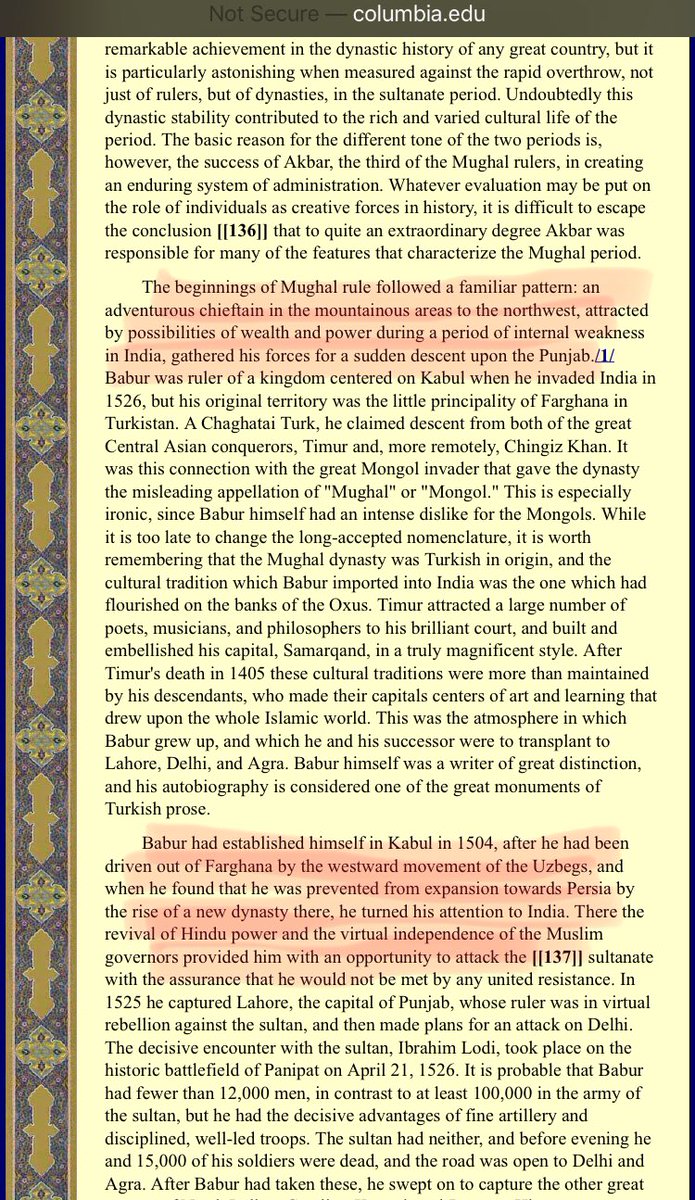

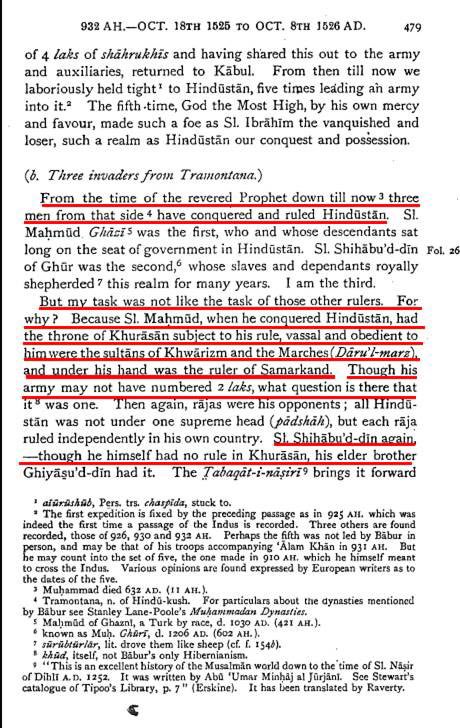
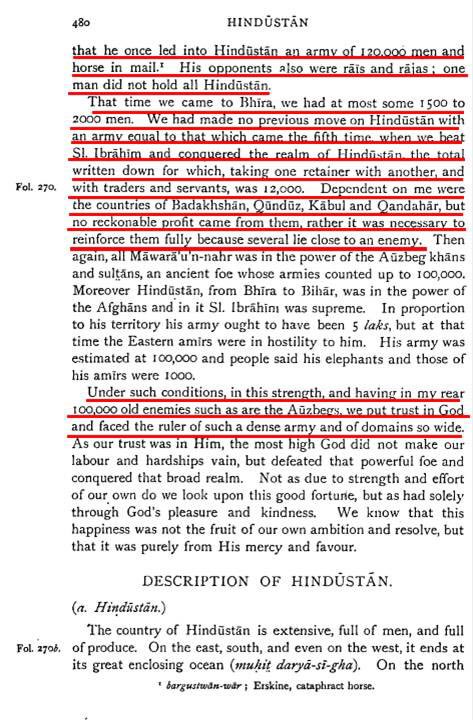
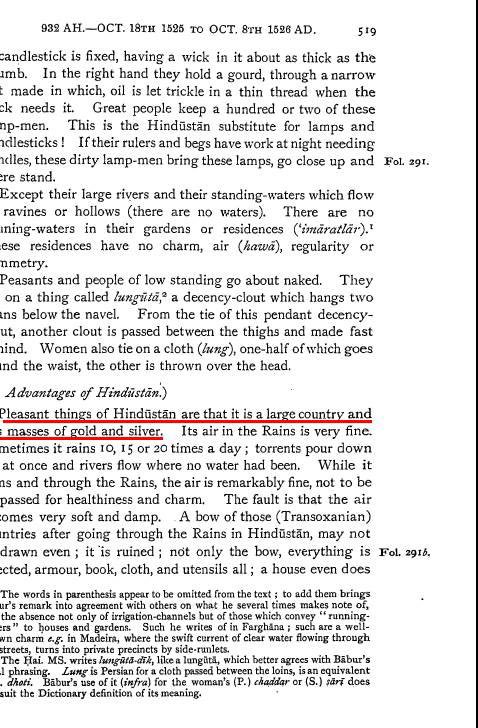

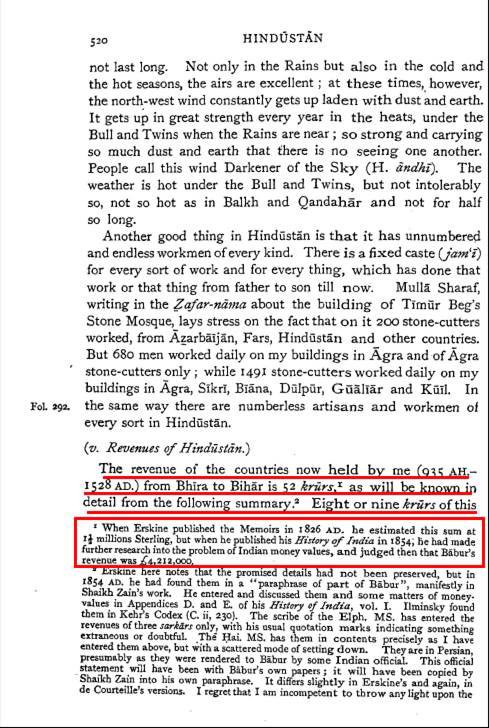
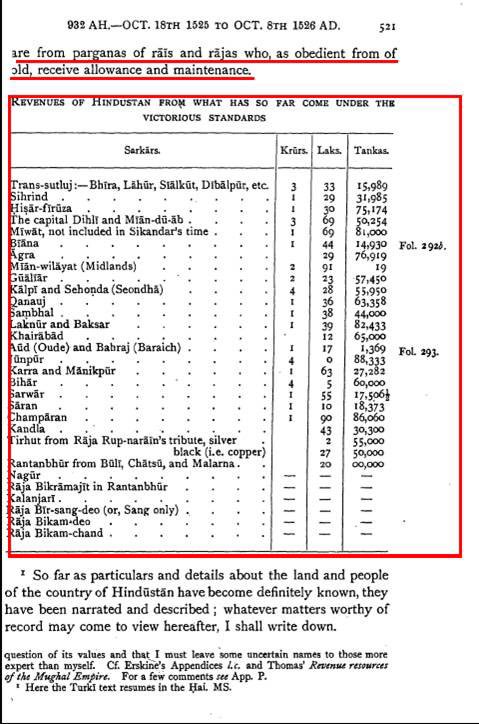
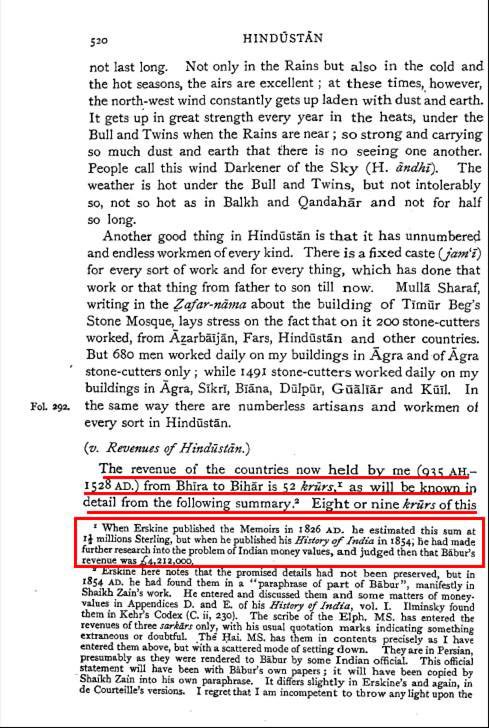
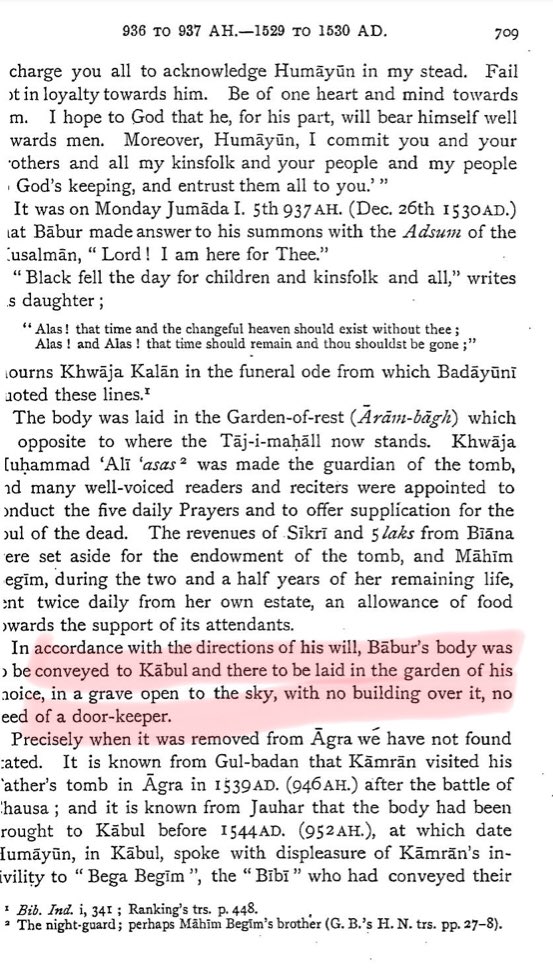
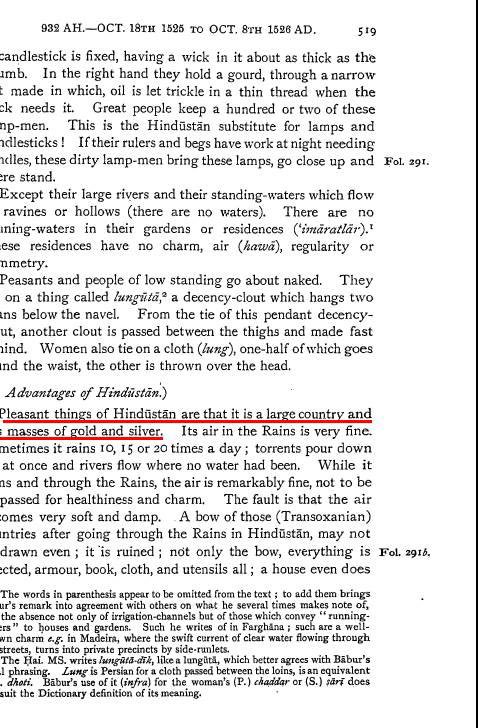
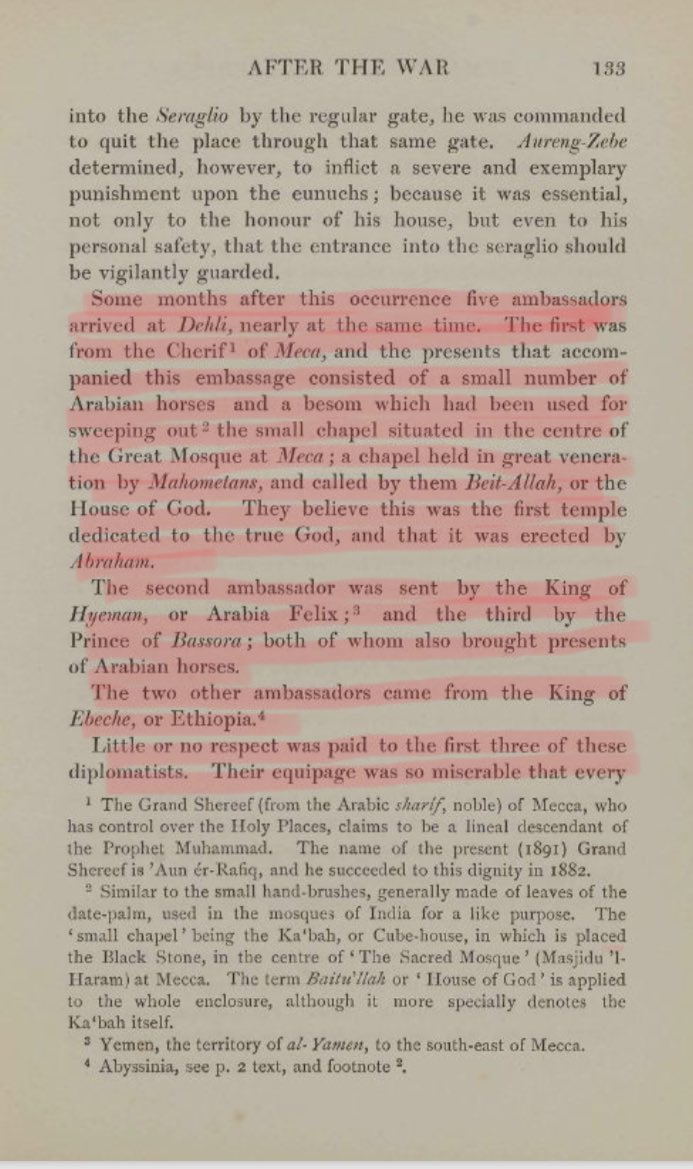

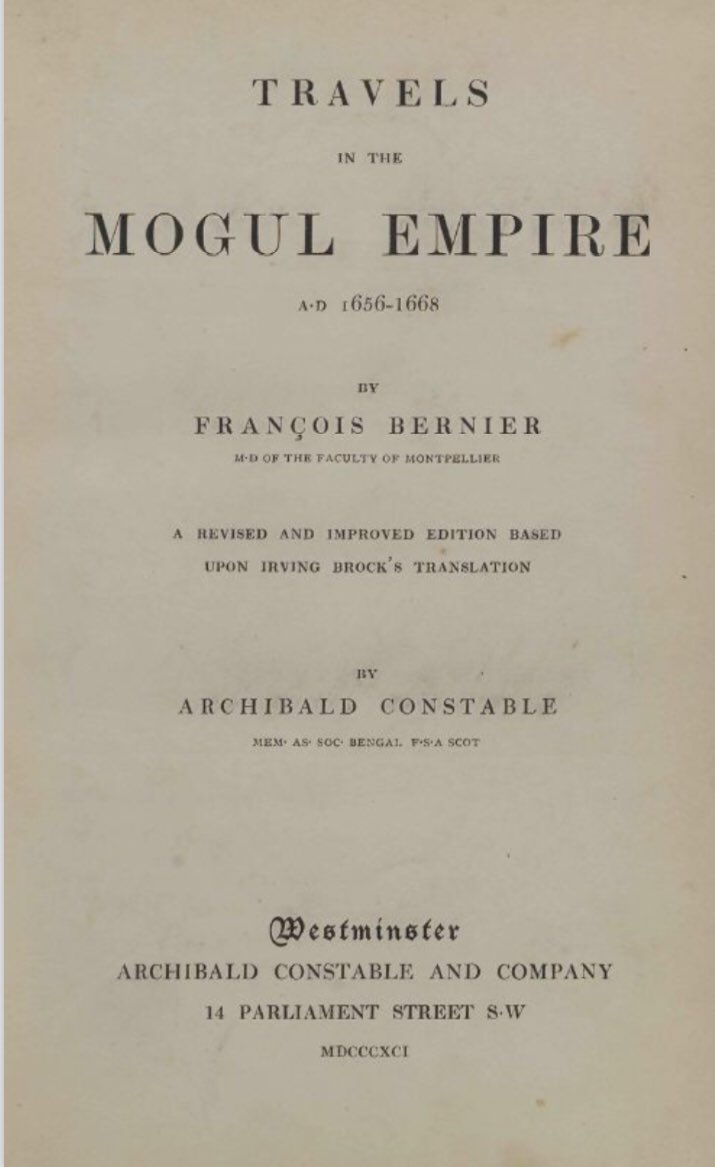
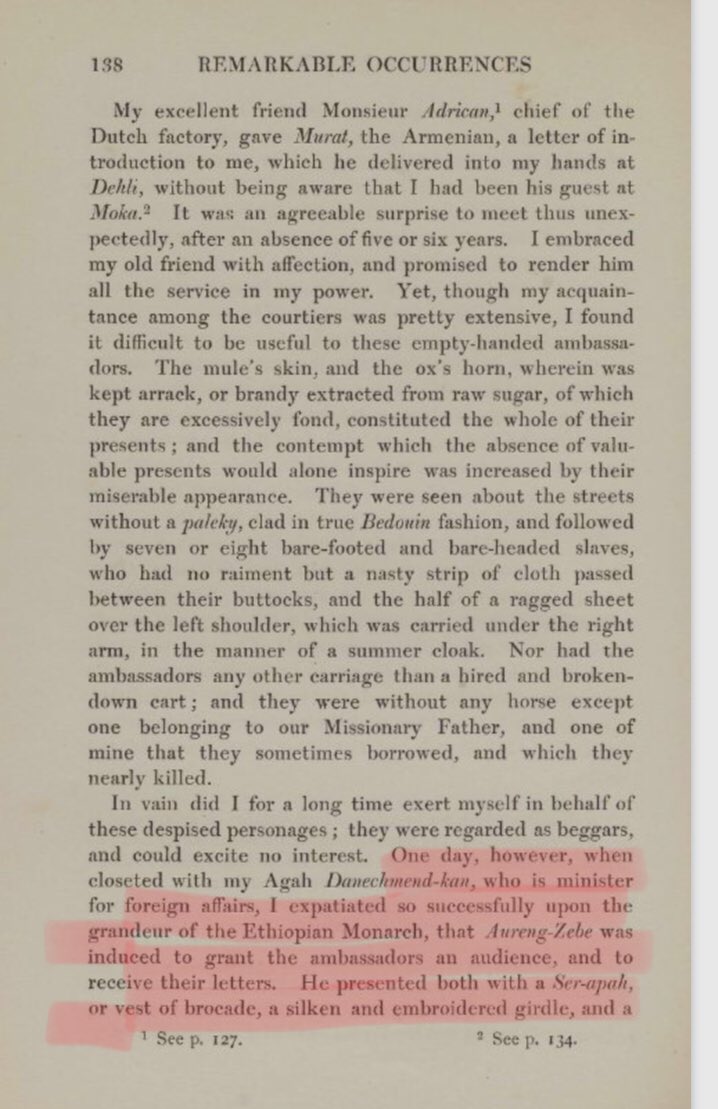

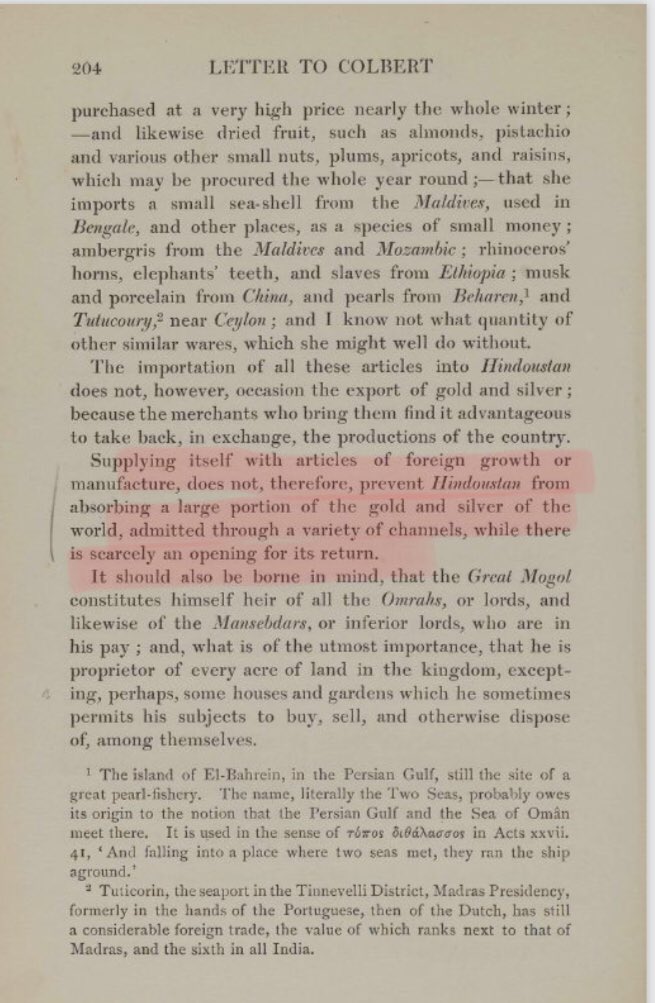
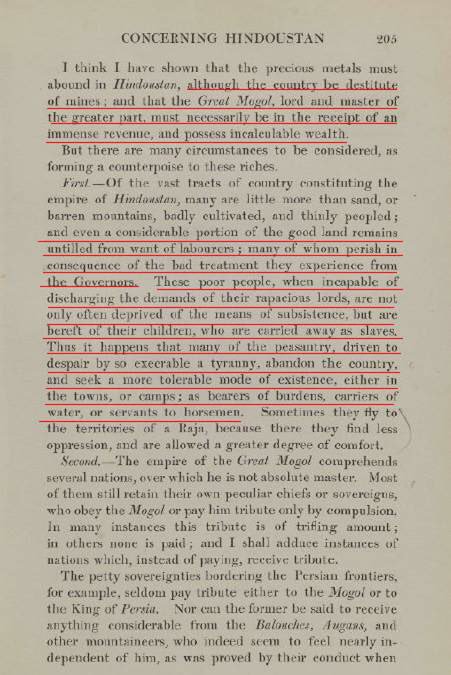
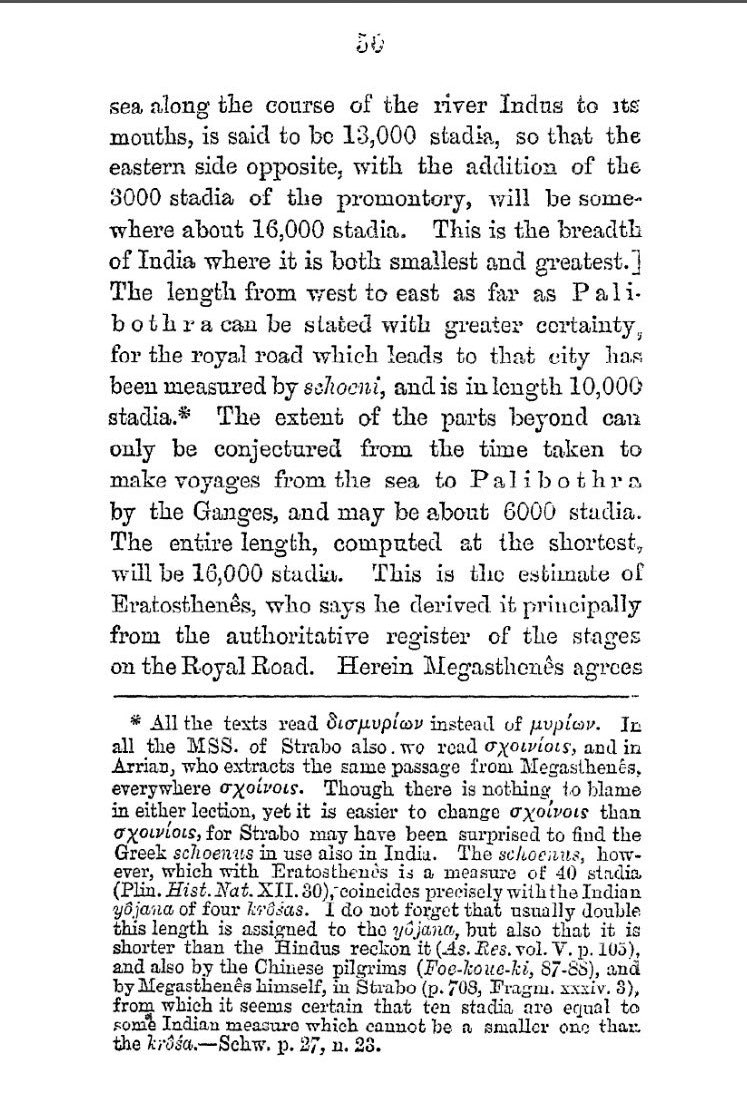
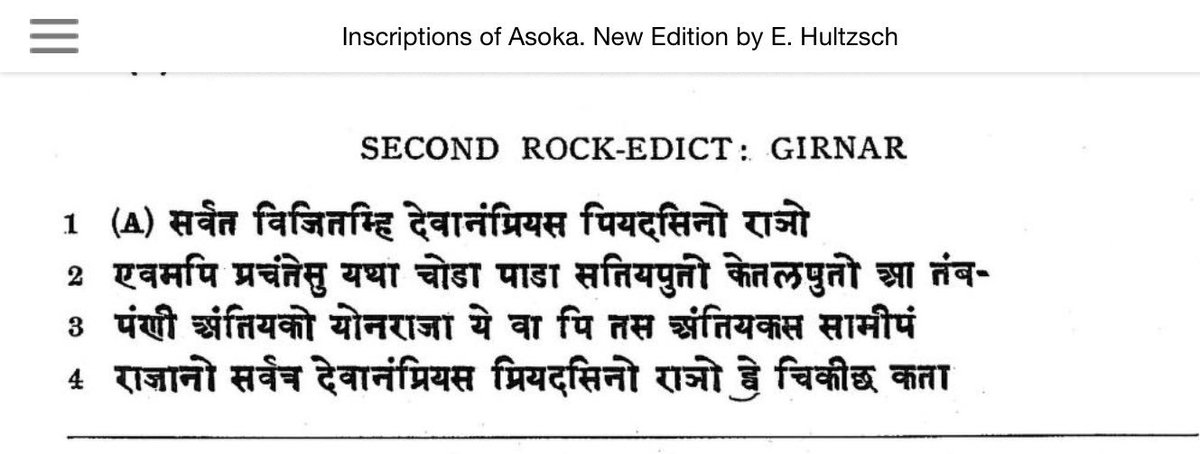
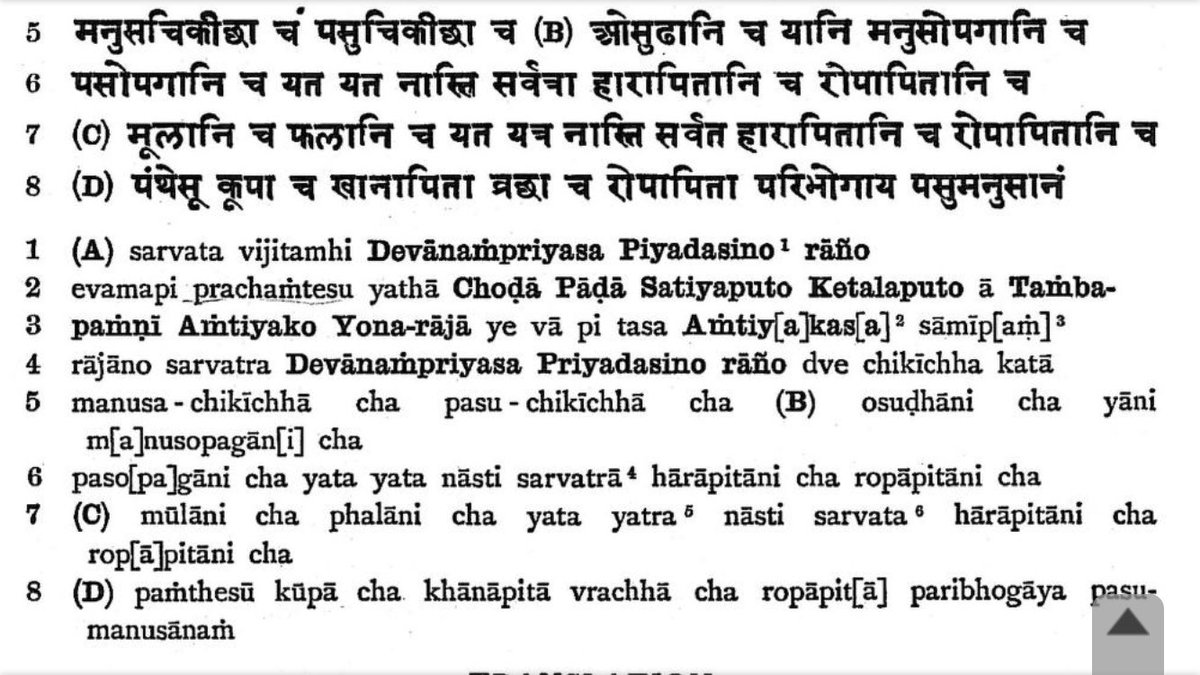
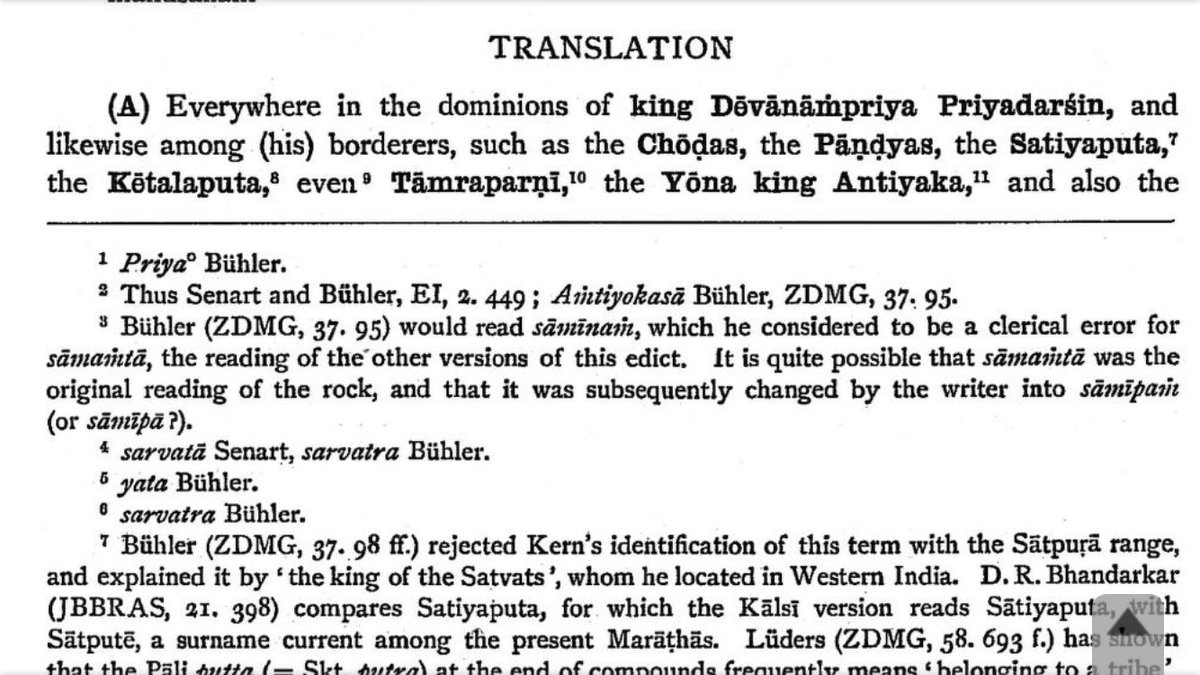

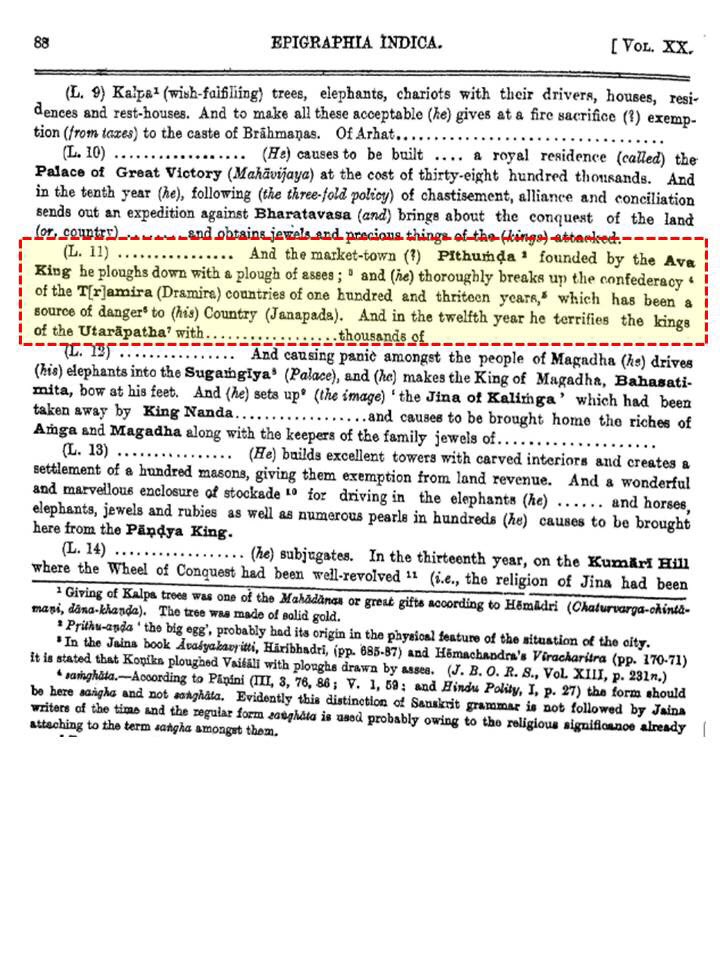
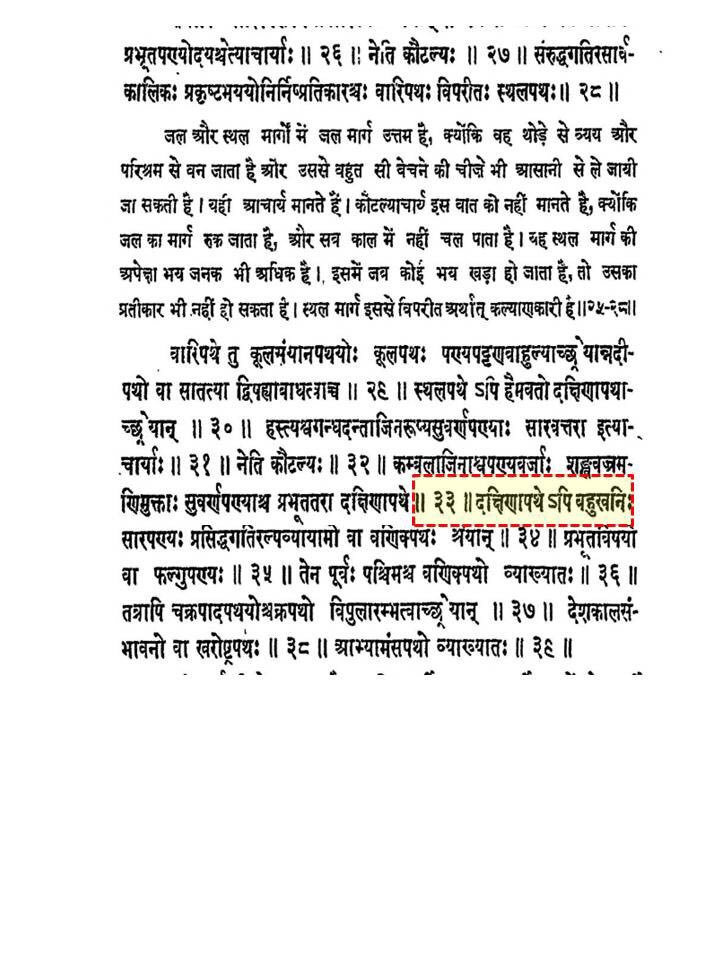
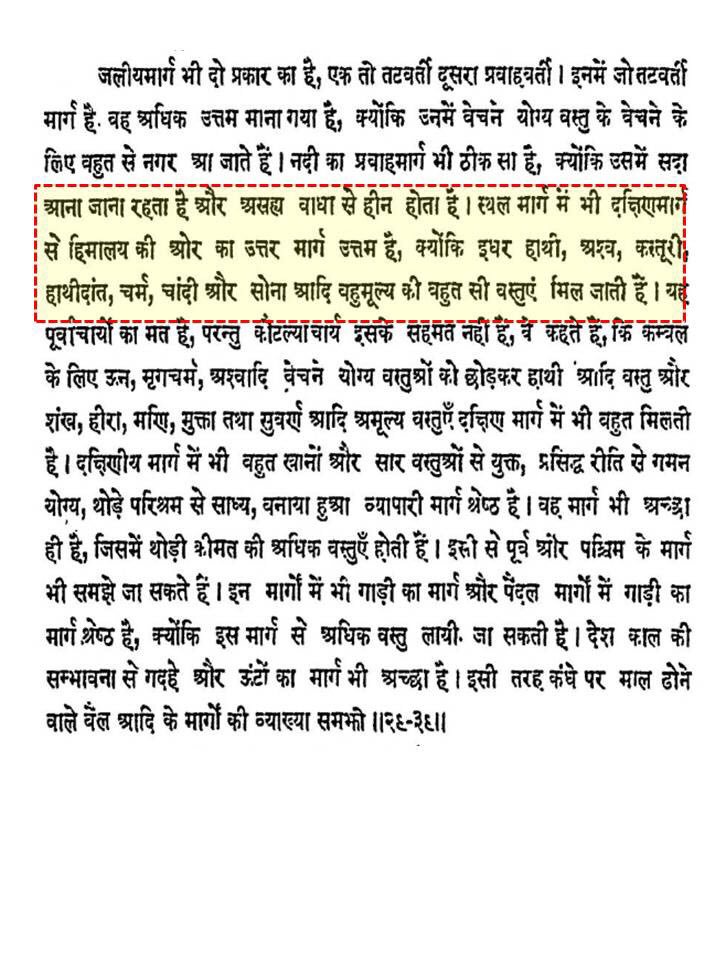
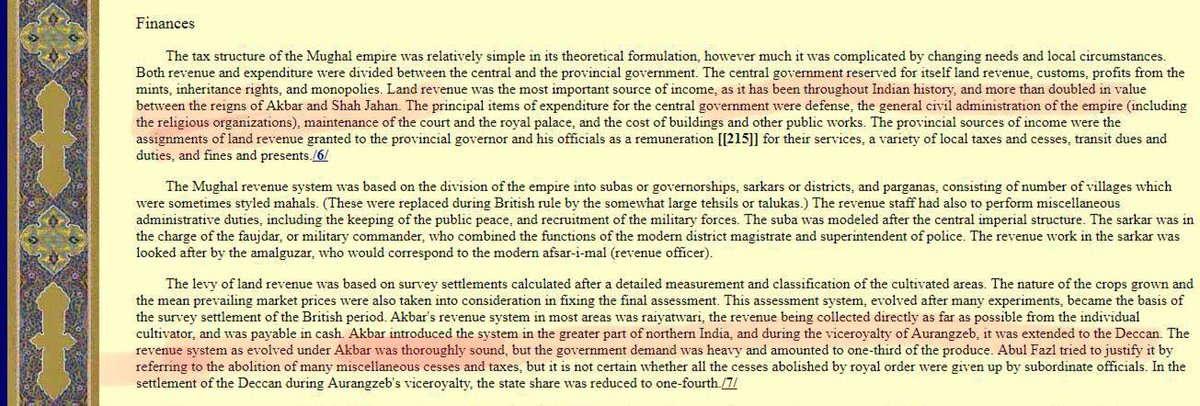

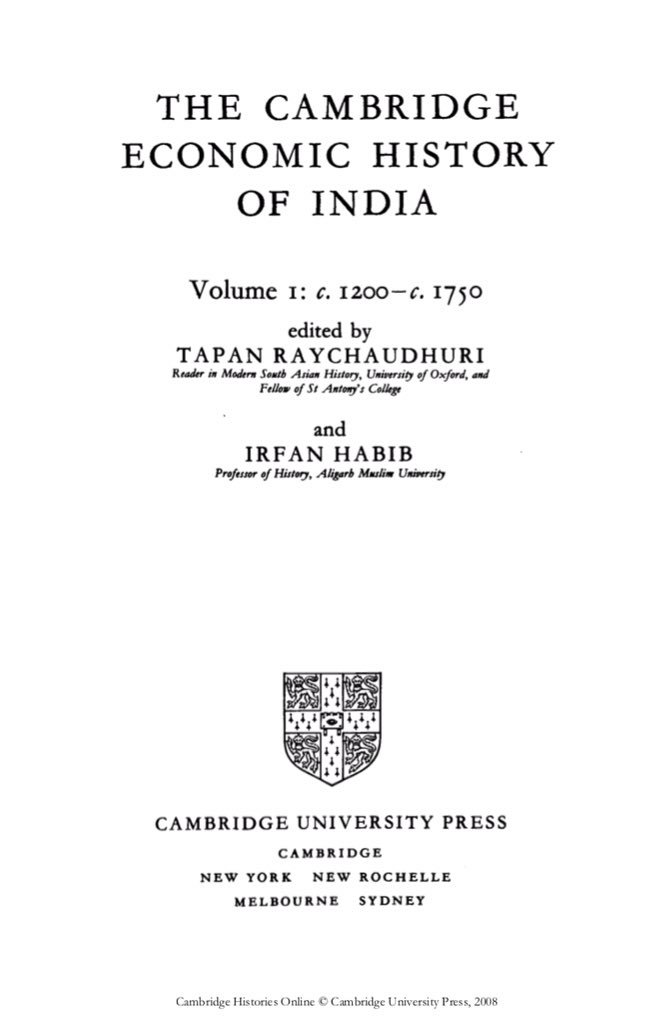
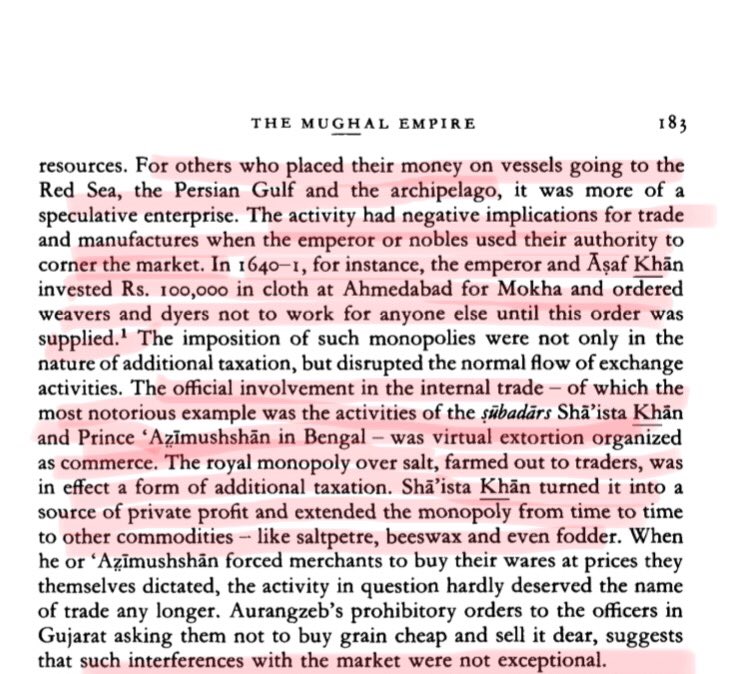
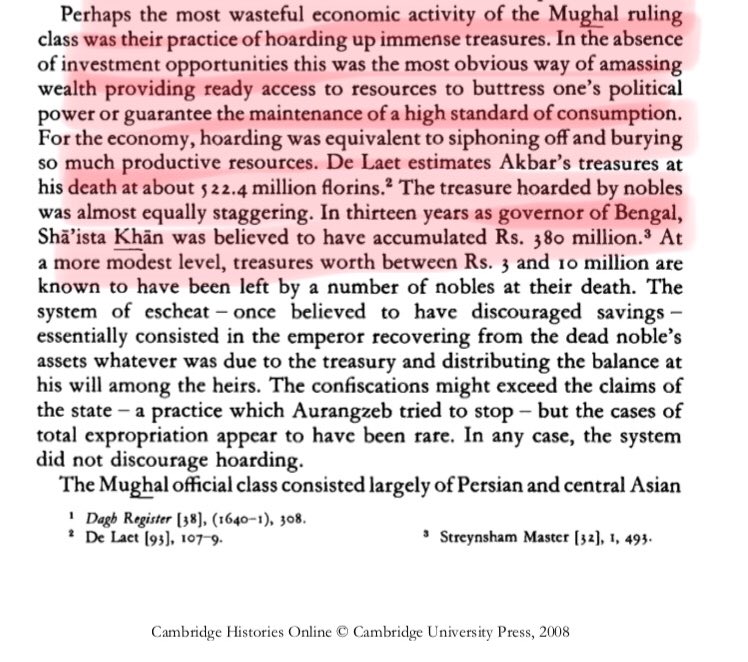
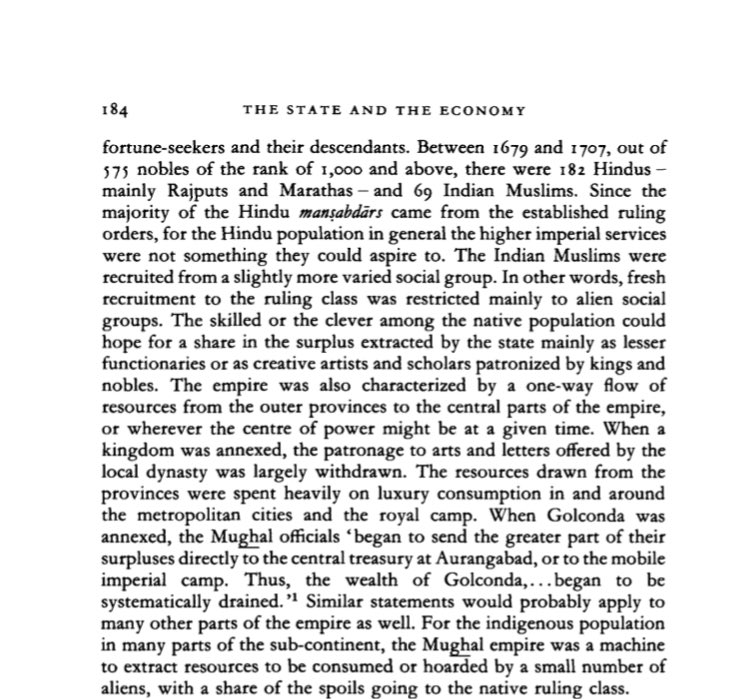
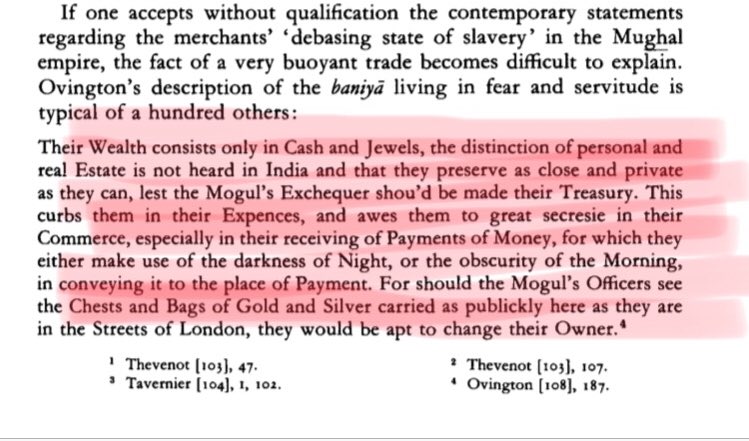
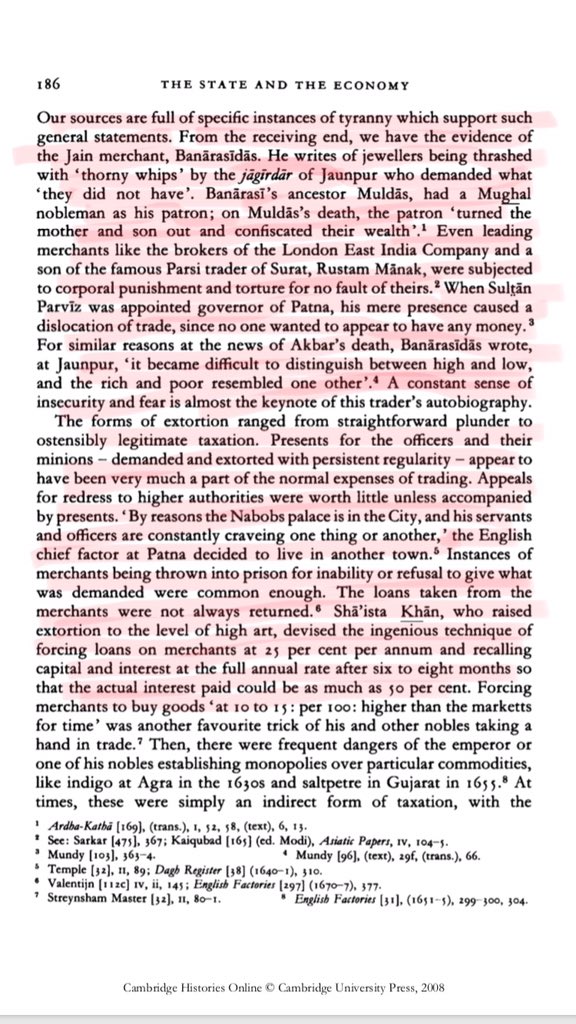
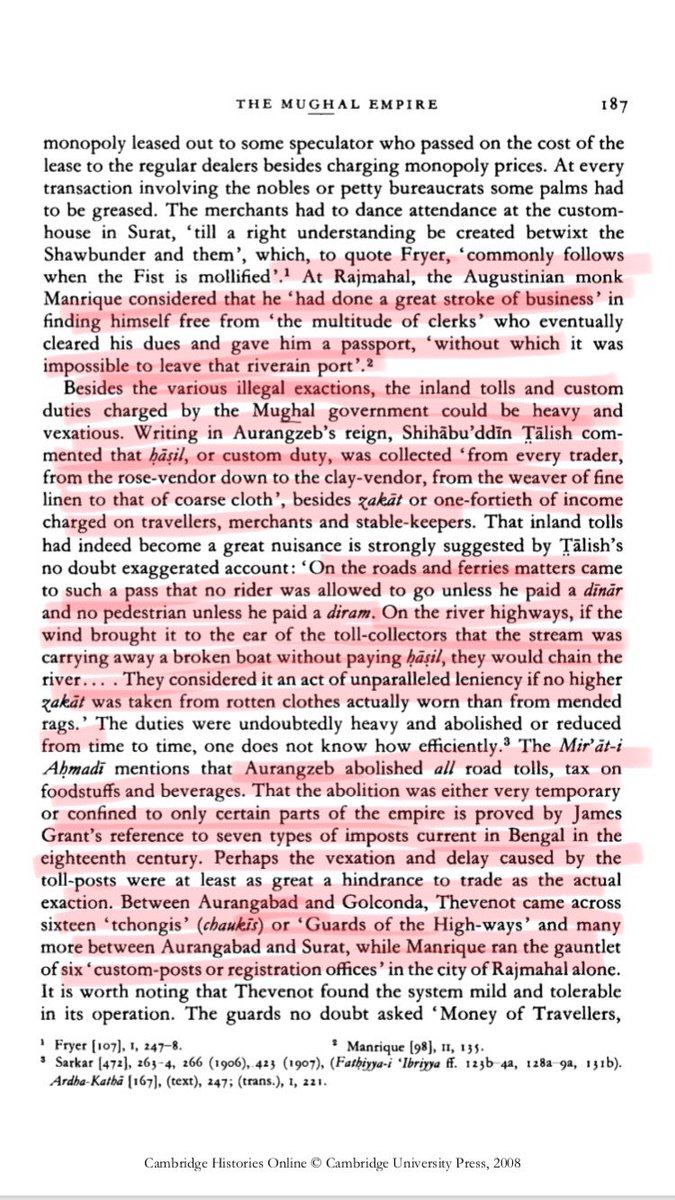
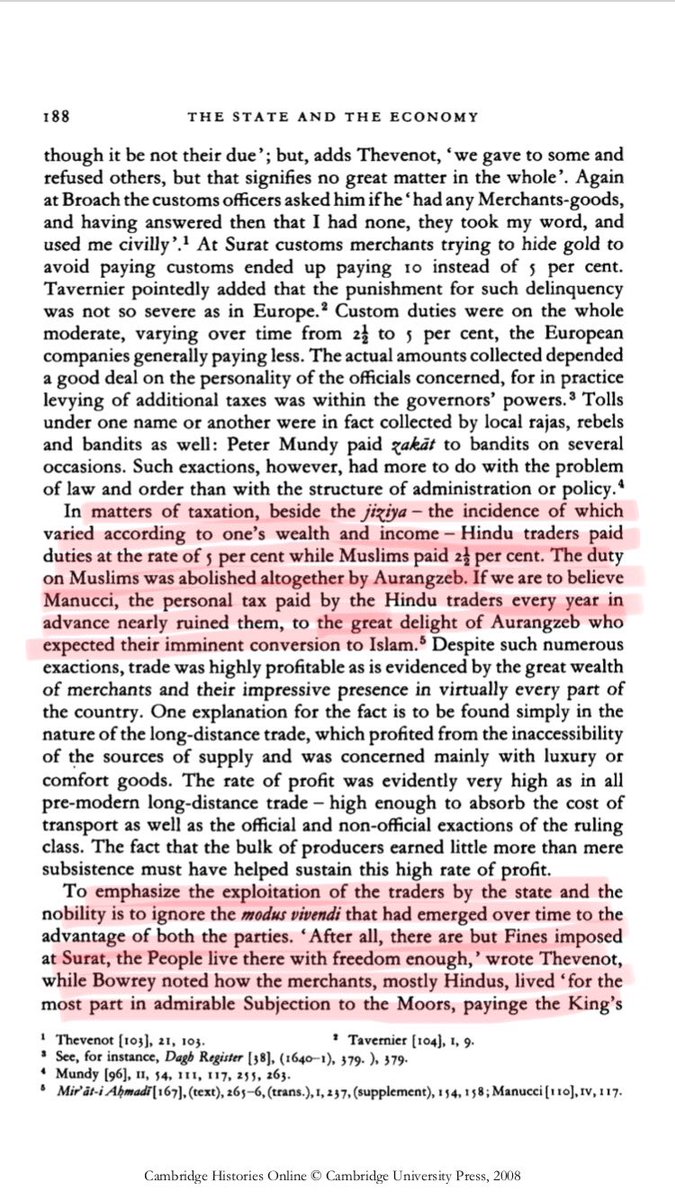
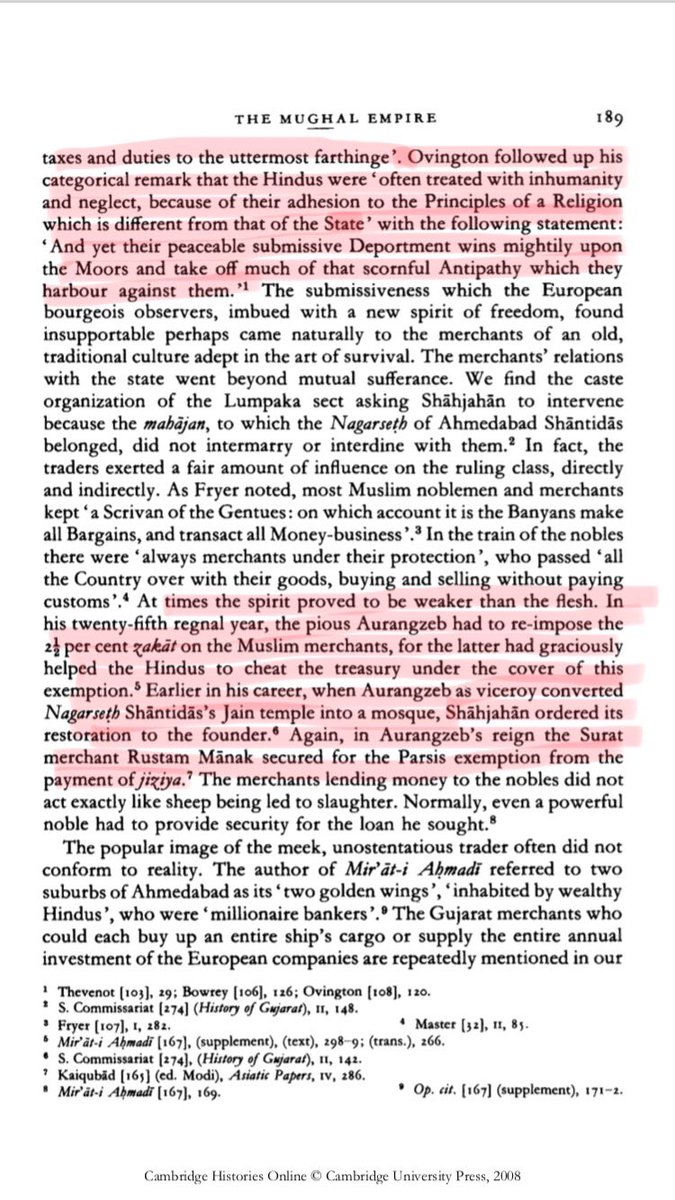
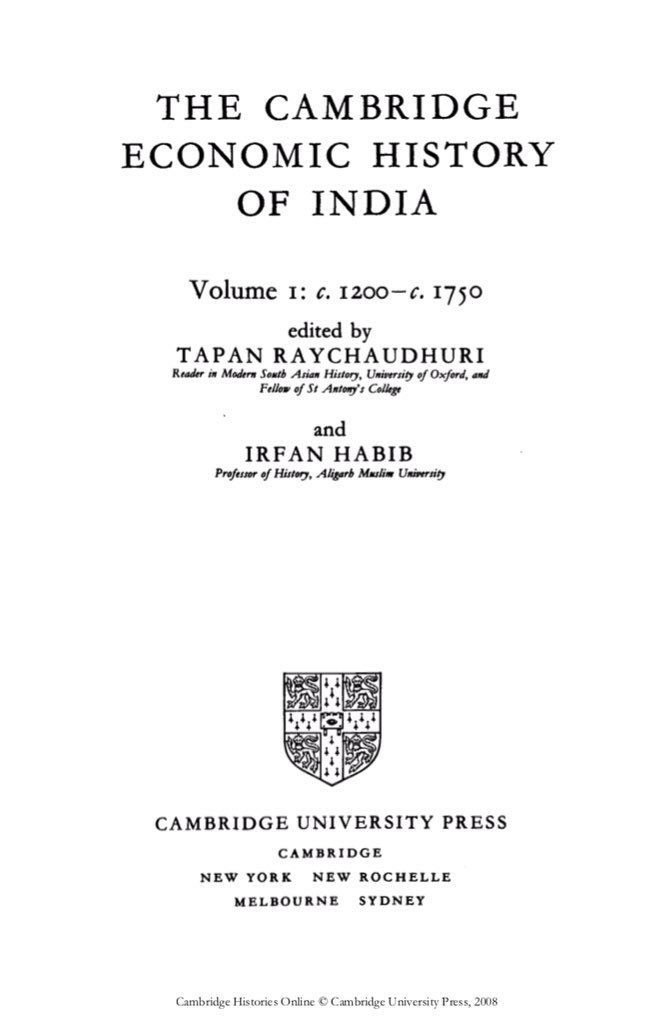 " title="44/n Now let me come to the most important & interesting aspect of this thread.Did Decline of Mughals lead to downfall of Indian Economy or was it something else.I’m throwing light wrt “The Cambridge Economic History of India” edited by T Raychudhuri & I Habib. Read belowhttps://abs.twimg.com/emoji/v2/... draggable="false" alt="👇🏼" title="Down pointing backhand index (medium light skin tone)" aria-label="Emoji: Down pointing backhand index (medium light skin tone)">" class="img-responsive" style="max-width:100%;"/>
" title="44/n Now let me come to the most important & interesting aspect of this thread.Did Decline of Mughals lead to downfall of Indian Economy or was it something else.I’m throwing light wrt “The Cambridge Economic History of India” edited by T Raychudhuri & I Habib. Read belowhttps://abs.twimg.com/emoji/v2/... draggable="false" alt="👇🏼" title="Down pointing backhand index (medium light skin tone)" aria-label="Emoji: Down pointing backhand index (medium light skin tone)">" class="img-responsive" style="max-width:100%;"/>
